1. Thriller Redefined the Standard
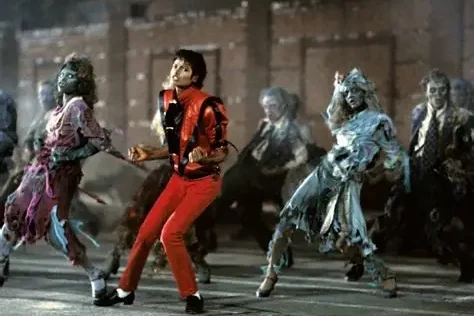
When Michael Jackson’s “Thriller” dropped in 1983, it didn’t just break records; it broke expectations. The 14-minute short film blurred the lines between music video and cinema, with choreography, costumes, and storytelling that felt like Hollywood magic. It wasn’t just about the song anymore; it was an event. Directed by John Landis, it showed that music videos could have plots, characters, and cliffhangers. Fans gathered around TVs like it was movie night, proving that one pop star could change entertainment forever. “Thriller” didn’t just set the bar; it became the bar.
2. When Music Met Television
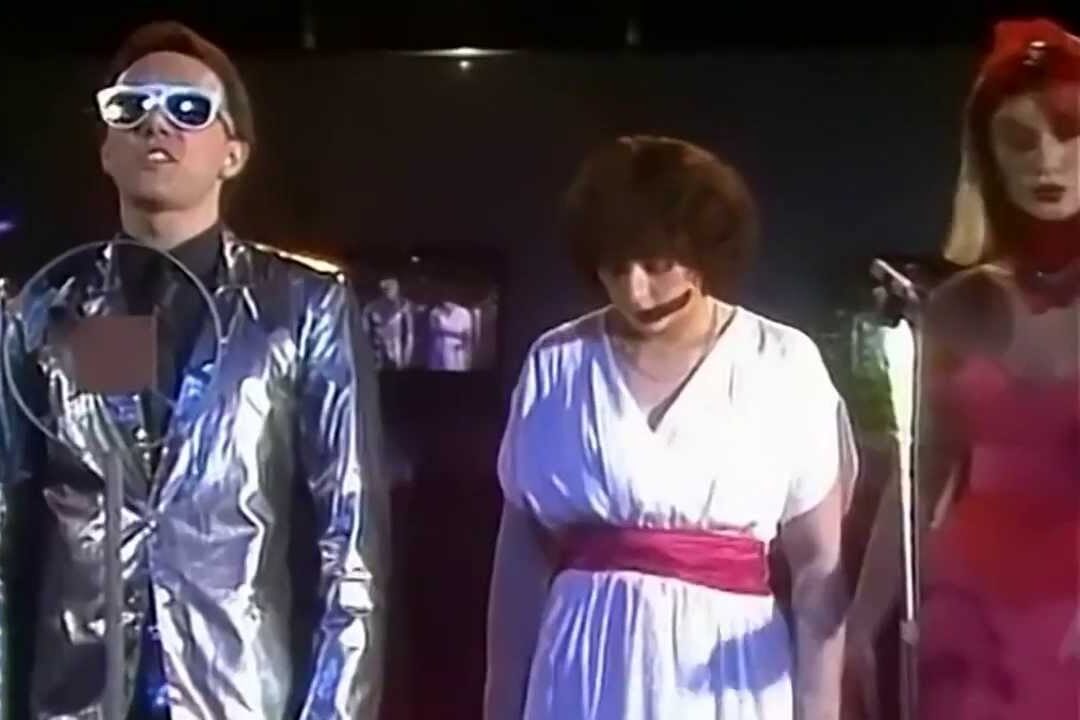
It’s hard to imagine a time when music videos weren’t the lifeblood of pop culture. But everything changed in 1981 when MTV aired “Video Killed the Radio Star” by The Buggles. That single broadcast didn’t just introduce a new song; it introduced a new era. The idea of watching music instead of just hearing it was revolutionary. Suddenly, style mattered as much as sound, and musicians became visual storytellers. The Buggles’ quirky performance and futuristic theme made it clear that music and technology were about to collide in a way no one could ignore.
3. Madonna’s Like a Prayer Sparked a Movement
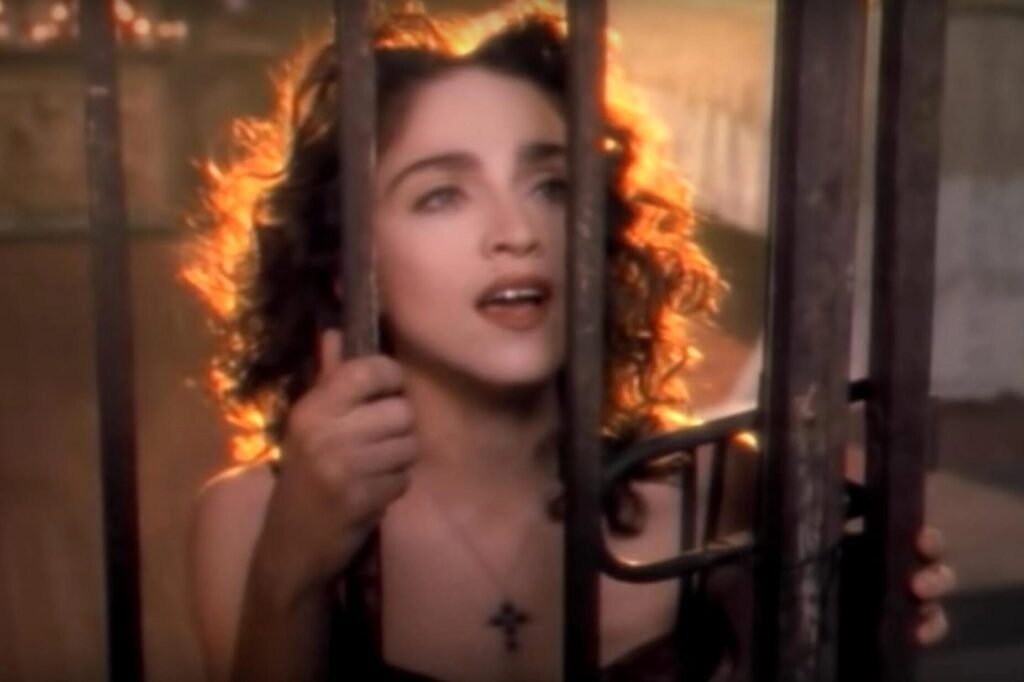
When Madonna released “Like a Prayer” in 1989, the world wasn’t ready. With burning crosses, a Black saint, and unapologetic imagery, she turned pop into protest. The video challenged religion, race, and freedom of expression, forcing conversations that mainstream media often avoided. Pepsi famously pulled her endorsement, but Madonna stood firm. She made people uncomfortable, and that was the point. “Like a Prayer” proved that music videos could be about more than love songs and dance moves; they could be bold statements that shaped cultural history and redefined what an artist could dare to say.
4. Smells Like Teen Spirit Ignited a Generation
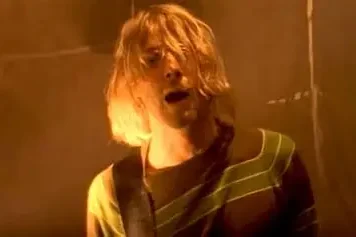
Nirvana’s “Smells Like Teen Spirit” dropped in 1991 and instantly became the anthem of the disenchanted. Set in a dimly lit gym filled with angst, rebellion, and cheerleaders in anarchy symbols, it captured the spirit of the grunge movement perfectly. Kurt Cobain’s raw energy and the chaotic mosh pit at the end turned teenage frustration into art. It wasn’t glamorous or polished, but that was exactly the point. The video reminded the world that authenticity could be louder than perfection, giving birth to a new sound, a new style, and a whole new way of being seen.
5. Vogue Brought High Fashion to the Streets
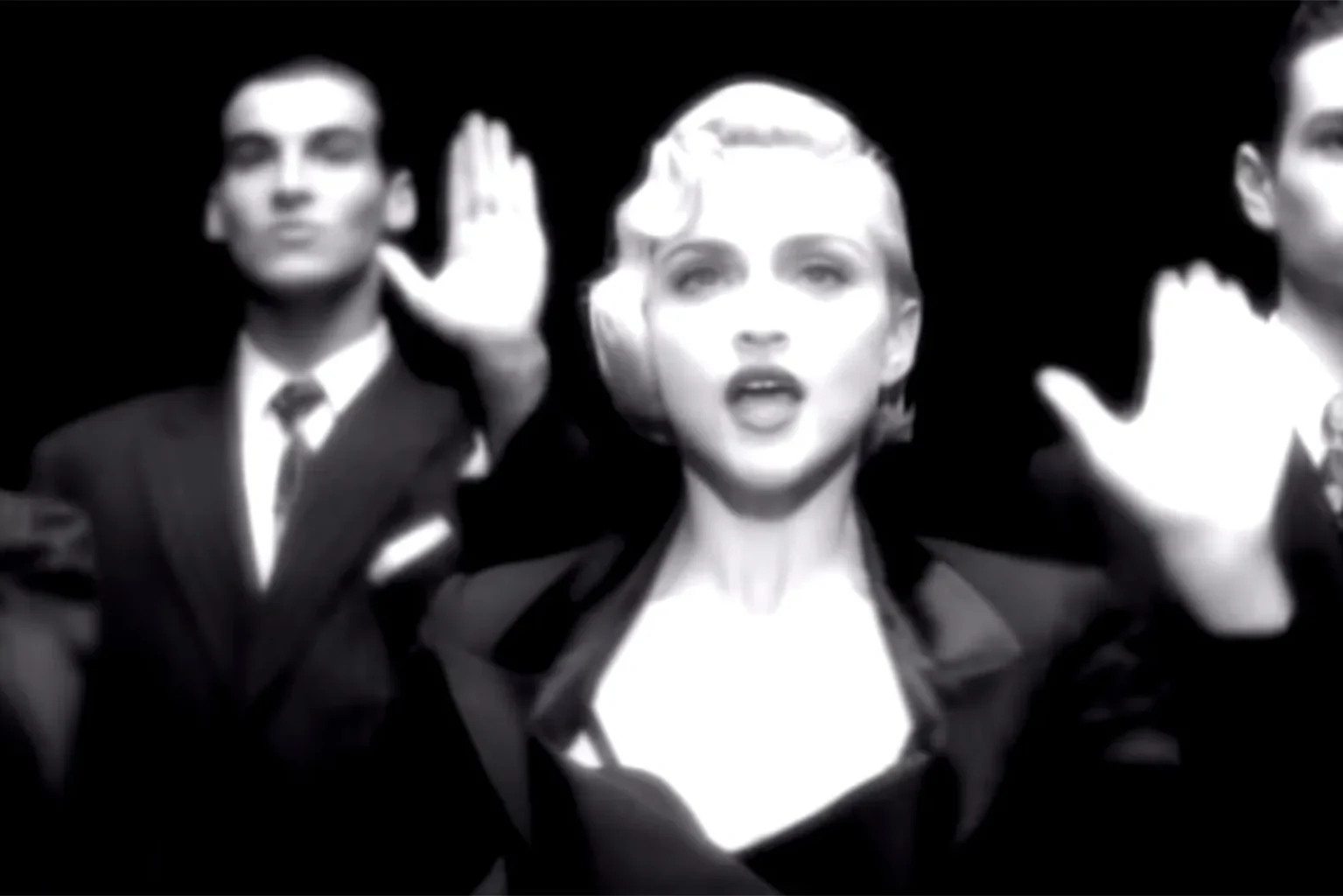
When Madonna’s “Vogue” hit screens in 1990, it was more than a dance craze; it was a cultural explosion. Directed by David Fincher, the black-and-white visuals mirrored old Hollywood glamour while celebrating the underground ballroom culture born in New York’s queer community. The elegant poses, sharp moves, and confident energy gave marginalized voices a mainstream spotlight. Madonna didn’t just dance; she invited everyone to strike a pose and own their beauty. “Vogue” turned self-expression into art and showed that style could be as powerful as any lyric.
6. Baby One More Time Revived Teen Pop
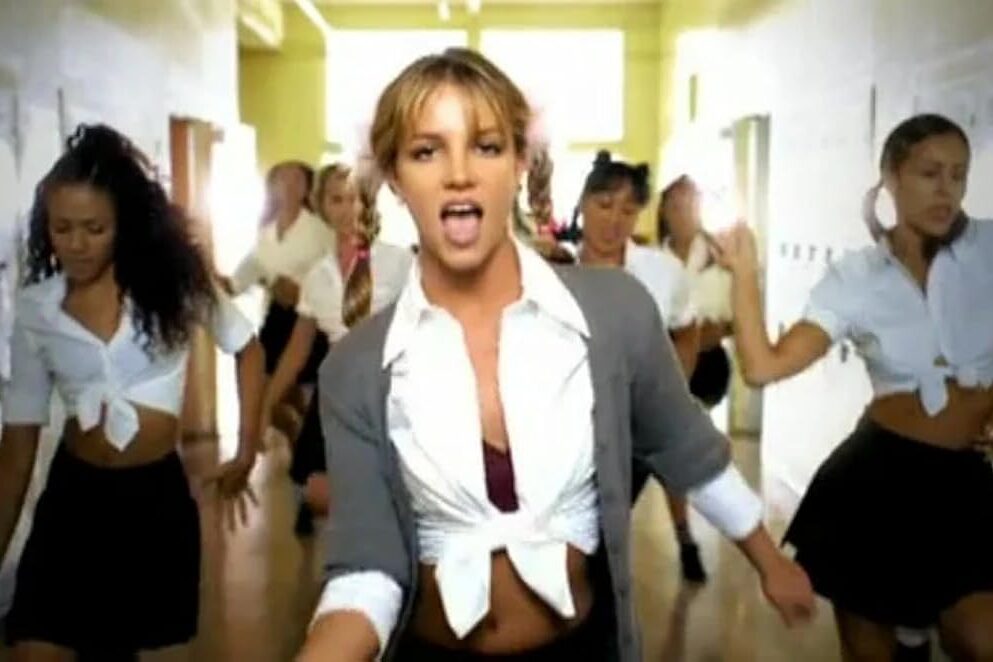
Britney Spears’ debut video “Baby One More Time” in 1998 brought pop music back to life in the most unexpected way. Dressed in a schoolgirl outfit, Britney turned innocence and confidence into something fresh, catchy, and unforgettable. The video wasn’t just a hit; it became a symbol of late-’90s culture. Its choreography, setting, and attitude were instantly copied by fans and pop stars alike. Britney became a phenomenon overnight, and suddenly the music video was once again a launchpad for stardom. Pop had its princess, and MTV had its new queen.
7. Single Ladies Started a New Dance Revolution
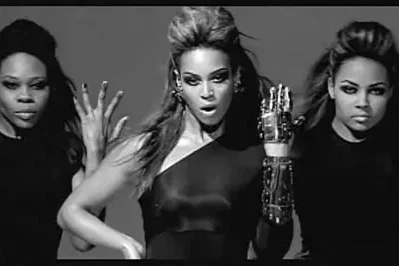
When Beyoncé released “Single Ladies (Put a Ring on It)” in 2008, the world stopped scrolling and started dancing. Shot in black and white, the video was simple but hypnotic. Just three women, a perfect beat, and moves that became a global language. It didn’t need a fancy set or storyline; the power was in the performance. Beyoncé’s confidence and control turned minimalism into mastery. Fans around the world copied the choreography, and social media lit up with recreations. “Single Ladies” proved that sometimes, less truly is more.
8. Bad Romance Made Weird Beautiful
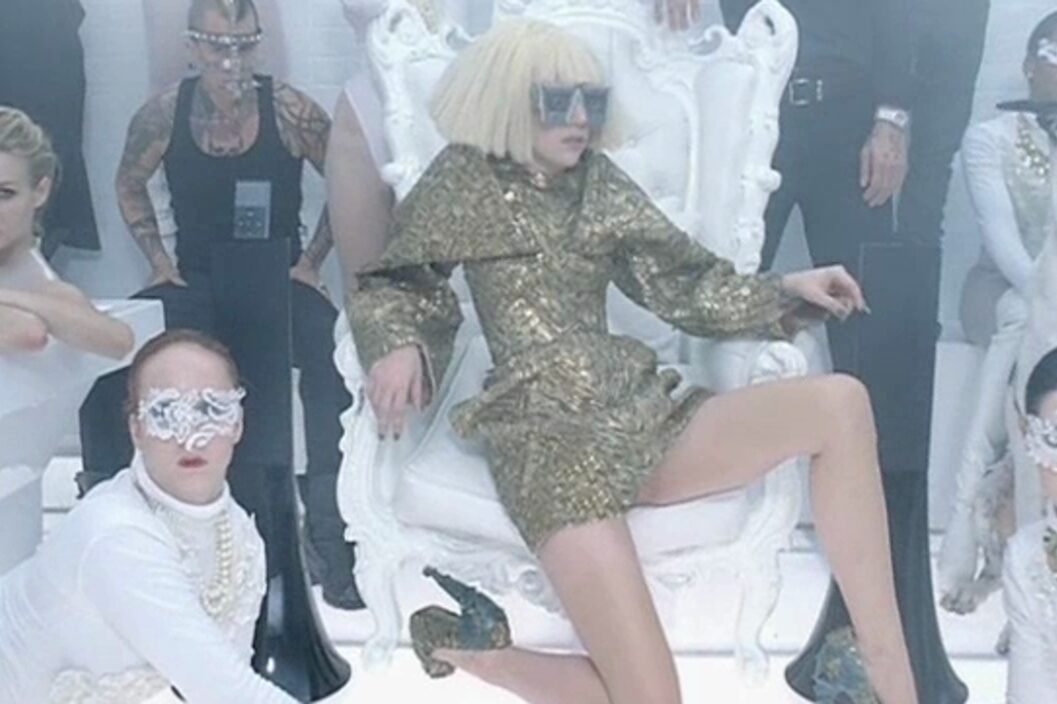
When Lady Gaga released “Bad Romance” in 2009, she didn’t just make a music video; she made a visual manifesto. With haunting fashion, unsettling choreography, and futuristic sets, Gaga proved that pop could be art. Every frame felt intentional, every movement dramatic yet deeply emotional. It was strange, bold, and unforgettable. The video turned avant-garde into mainstream conversation and gave individuality a louder voice. “Bad Romance” showed that weird could be wonderful and that art could live inside pop music. Gaga did not follow rules; she redesigned them one monster heel at a time.
9. Sledgehammer Blurred Reality and Imagination
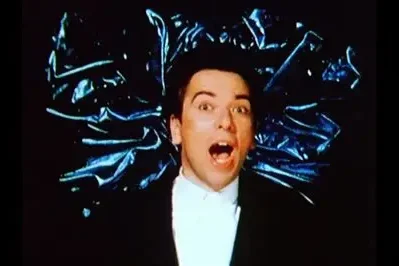
Peter Gabriel’s “Sledgehammer” in 1986 was an explosion of creativity that made everyone stare in disbelief. Using stop-motion animation, clay figures, and surreal imagery, the video felt alive in a way nothing else had before. It was not about special effects; it was about imagination. Every blink, every swirl, every quirky motion turned into storytelling. It won nine MTV Video Music Awards, but more importantly, it proved that technology and art could dance together. “Sledgehammer” did not just entertain; it redefined what a music video could be, strange, fascinating, and completely unforgettable.
10. Take On Me Turned Sketches into Magic
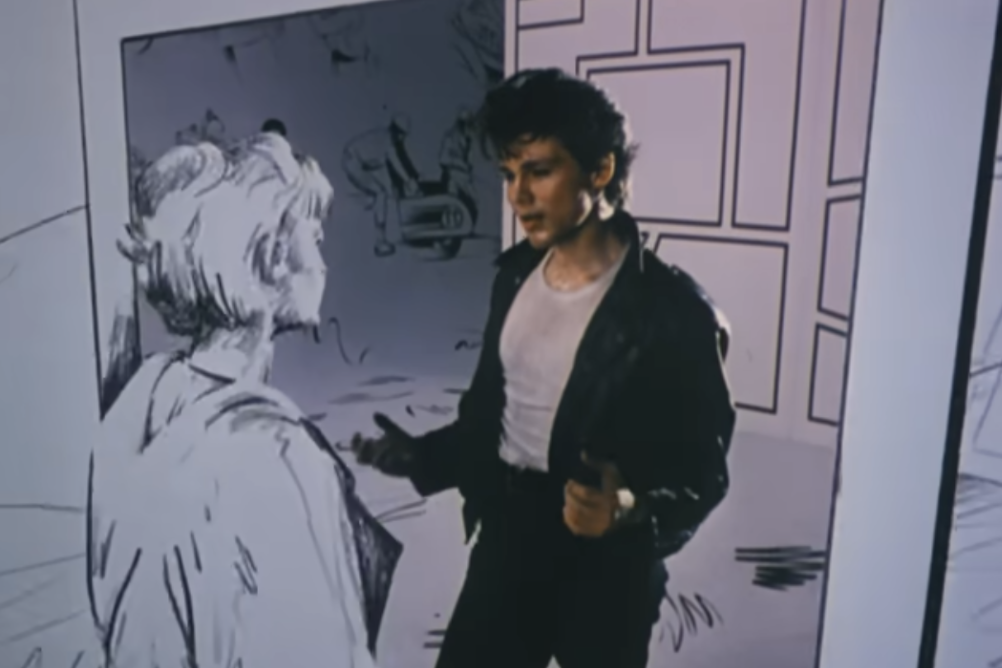
A-ha’s “Take On Me” from 1985 remains one of the most iconic blends of music and animation ever made. The rotoscope technique that turned real actors into moving pencil drawings stunned the world. The story of a girl pulled into a comic book adventure captured hearts instantly. It was romantic, imaginative, and timeless. The transition between paper and real life felt like a dream coming true. “Take On Me” became proof that creativity could elevate even a simple love song into an emotional masterpiece that still feels magical decades later.
11. Runaway Brought Art Back to Music
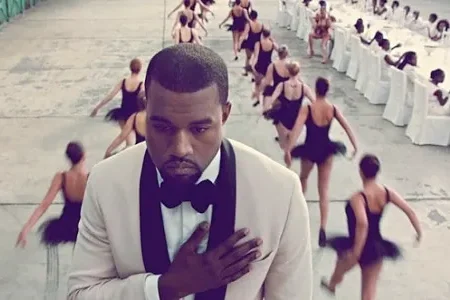
When Kanye West released “Runaway” in 2010, it was not just a music video; it was a full-fledged short film. With ballerinas, striking cinematography, and deep symbolism, it reminded the world that visuals could add layers of meaning to music. It was not easy to interpret, but that was part of its beauty. Kanye blended vulnerability and arrogance into a story about fame and self-destruction. The slow build, dramatic piano, and elegant imagery turned “Runaway” into an experience that felt personal yet universal. It proved that emotion could be louder than spectacle.
12. Formation Spoke Truth to Power
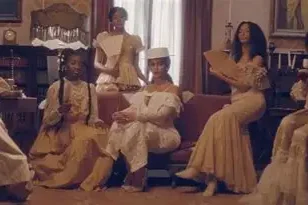
Beyoncé’s “Formation” in 2016 was more than a visual; it was a statement. Set against powerful imagery of Black culture, southern pride, and social awareness, it forced the world to pay attention. From the flooded New Orleans streets to the “Stop shooting us” message, every frame spoke volumes. The video embraced strength, heritage, and identity with unflinching honesty. It was not made for everyone; it was made for the people who needed it. “Formation” showed that art could be activism and that truth could look beautiful, bold, and unapologetically Black.
13. Hurt Turned Silence into Storytelling
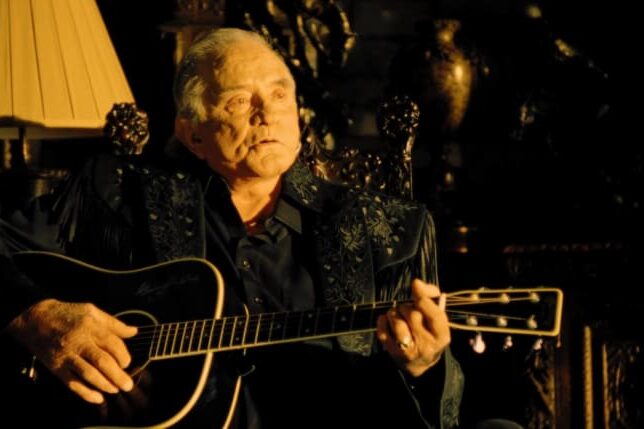
Johnny Cash’s “Hurt” in 2002 was haunting in its simplicity. Filmed near the end of his life, the video reflected on age, regret, and redemption with heartbreaking sincerity. Surrounded by faded memories and images of his past, Cash did not just sing; he confessed. It was not flashy or polished; it was painfully human. The raw emotion connected across generations, reminding everyone that honesty hits harder than perfection. “Hurt” proved that vulnerability could be the most powerful kind of art and that music could still move mountains with just a voice and a truth.
14. This Is America Forced a Conversation
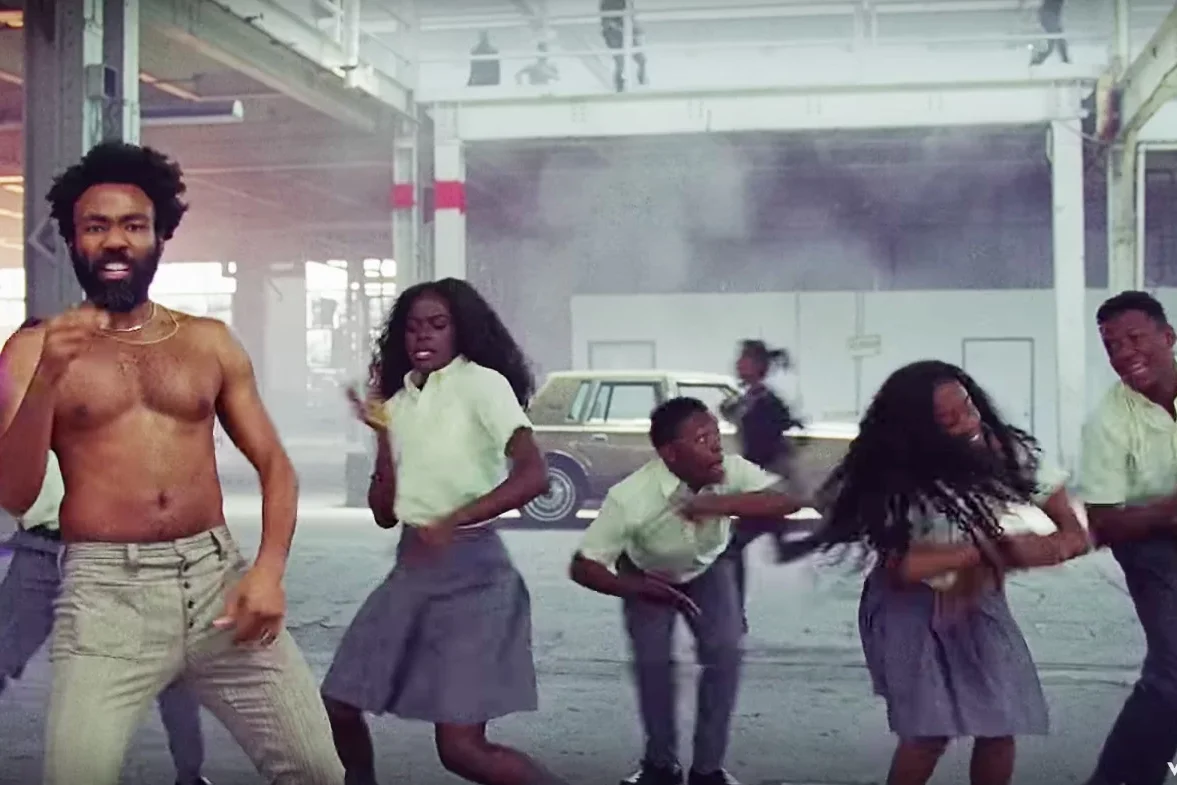
Childish Gambino’s “This Is America” arrived in 2018 like a jolt of electricity. The dancing, the chaos, the sudden violence, it all felt symbolic, deliberate, and disturbing in the best way. The video captured the contradictions of American culture with chilling precision. Every frame carried a hidden message, and everyone had to watch twice to understand. It was not entertainment; it was reflection. “This Is America” reminded the world that music videos could still provoke thought and challenge comfort zones. It was not meant to be liked; it was meant to be felt.
15. Sabotage Made Rebellion Fun Again
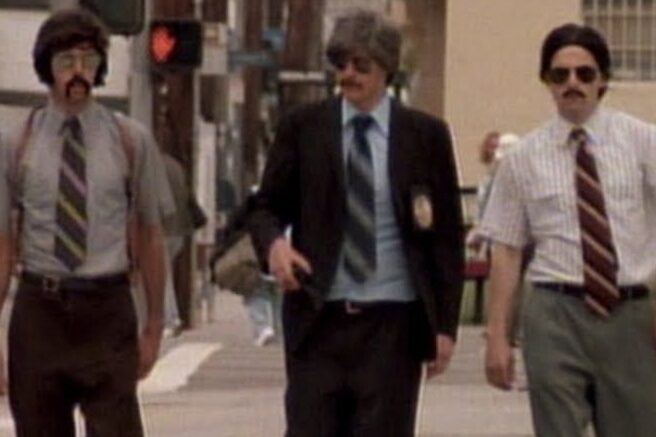
Beastie Boys’ “Sabotage” in 1994 turned chaos into comedy. Directed by Spike Jonze, the video spoofed 1970s cop shows with fake mustaches, slow-motion chases, and over-the-top energy. It was rebellious, ridiculous, and ridiculously fun. Instead of taking themselves seriously, the band leaned into parody, and it worked. The video made MTV viewers laugh, cheer, and rewind repeatedly. “Sabotage” reminded everyone that music videos did not have to be deep to make an impact; they just had to be unforgettable. Its playful chaos opened the door for humor and personality in rock videos everywhere.
16. Umbrella Made Simplicity Look Stunning
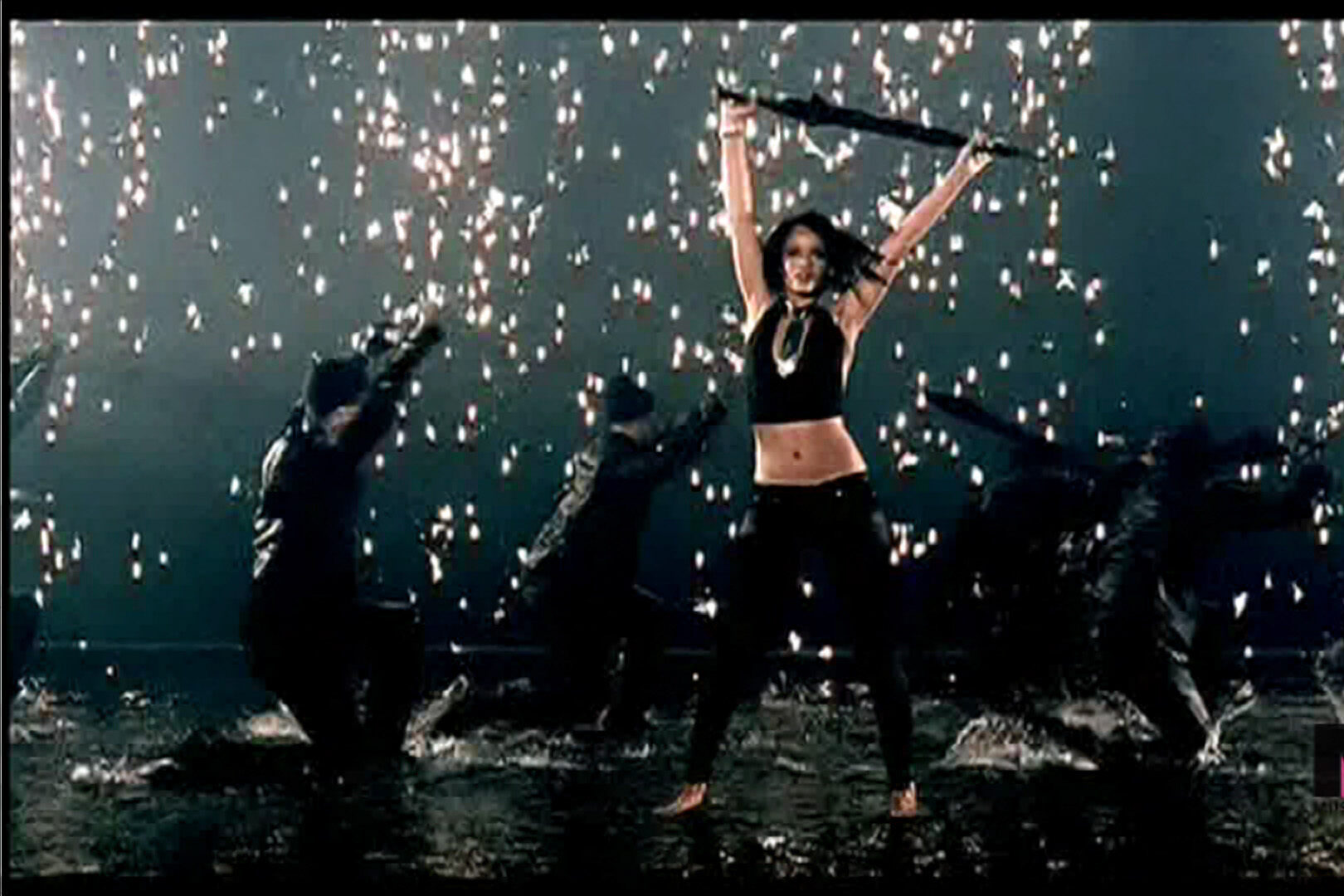
Rihanna’s “Umbrella” in 2007 did not need fancy effects to steal hearts. With just her, some silver paint, and Jay-Z’s introduction, it became instantly iconic. The slow-motion rain, flawless choreography, and moody lighting created something elegant yet edgy. Rihanna’s confidence turned minimalism into magic. “Umbrella” was not just a song; it was a moment that transformed her from pop newcomer to global superstar. Sometimes all it takes is the right song, the right mood, and the right attitude to make the world stop and listen. This one did exactly that.
17. Black or White Brought the World Together
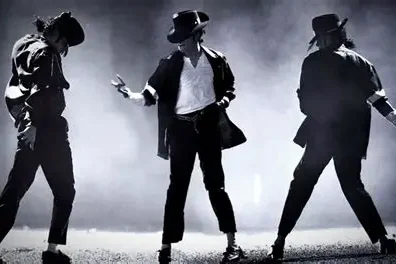
In 1991, Michael Jackson’s “Black or White” made unity look powerful and fun. The video opened with a young Macaulay Culkin blasting his guitar before shifting into a global celebration of diversity. Directed by John Landis, it combined cutting-edge morphing technology with strong social messages about race and harmony. The energy was electric, the message unforgettable. When faces from different backgrounds blended seamlessly, it felt like a promise that music could connect everyone. “Black or White” wasn’t just a hit; it was a movement that reminded us how rhythm can heal division and spark change.
18. Wrecking Ball Bared a Raw Emotion
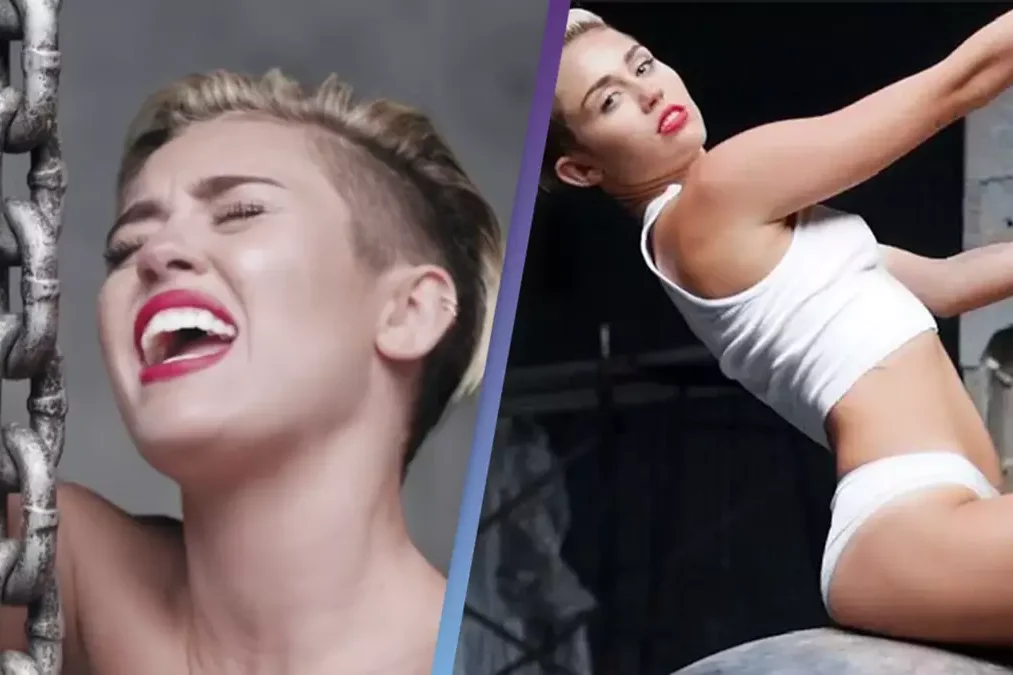
Miley Cyrus’ “Wrecking Ball” in 2013 broke the internet and broke expectations. Stripped down, literally and emotionally, it was vulnerability wrapped in rebellion. The swinging wrecking ball became an instant symbol of heartbreak and transformation. Critics called it shocking, but it was simply honest. It marked the moment Miley shed her Disney image and stepped into womanhood on her own terms. The video’s simplicity amplified its emotion, reminding everyone that pain, when expressed openly, can be its own kind of beauty. It was not about shock value; it was about becoming real.
19. We Found Love Captured the Chaos of Passion
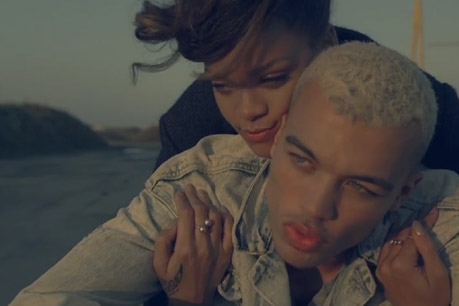
Rihanna’s “We Found Love” in 2011 was raw, wild, and painfully real. Directed by Melina Matsoukas, it told the story of a love that burned too bright to last. Through fast cuts, flashing lights, and moments of tenderness, it captured the dizzying highs and heartbreaking lows of modern romance. It was not about perfection; it was about feeling alive, even in the mess. The video connected deeply with people who had loved recklessly before. It reminded us that sometimes, the most powerful love stories are the ones that nearly break us in the end.
20. Blinding Lights Brought Nostalgia Back to Pop
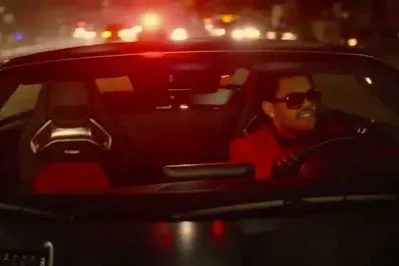
The Weeknd’s “Blinding Lights” in 2020 felt like a time machine that took everyone back to neon lights and midnight drives. Its cinematic storytelling and 1980s-inspired energy gave pop a new pulse when the world needed it most. The video followed The Weeknd racing through the city, lost in chaos and color. It was sleek but soulful, familiar yet fresh. It reminded fans that good music videos still matter, even in the streaming era. “Blinding Lights” did not just top charts; it revived the magic of visual storytelling in a digital world.
21. God’s Plan Turned Kindness into a Hit
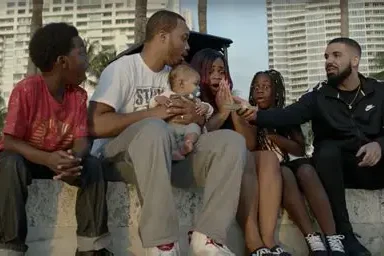
Drake’s “God’s Plan” in 2018 showed that generosity could be just as powerful as any beat. Instead of using his budget for flashy sets, he gave it all away to people in need. The video captured real tears, laughter, and gratitude, proving that compassion can top the charts too. It was a reminder that fame means little without purpose. “God’s Plan” felt more like a movement than a song, blending music with humanity. And maybe that is how it should be because the best music videos do not just entertain us, they inspire us to give back.
This story 21 Music Videos That Changed the Rules Overnight was first published on Daily FETCH


